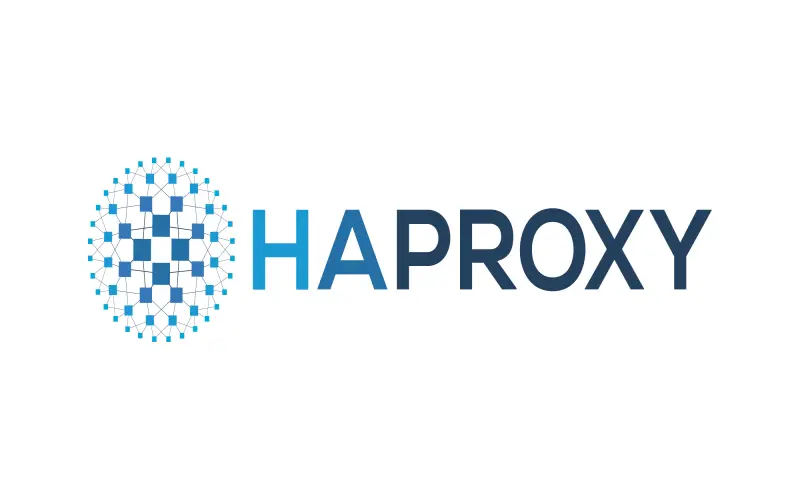Proxy servers act as intermediaries between clients and other servers, receiving and processing requests on their behalf. As open-source solutions, they provide organizations with powerful tools to filter web content, improve performance through caching, ensure secure remote access with VPN capability, gather metrics, and customize routing rules. I outline the top 10 open source proxy servers warranting evaluation. Squid stands as the most popular open-source proxy option.
DBAs principally leverage Squid to accelerate the delivery of frequently requested content using built-in object caching. However, it further enables administrators to tightly control access to websites and web applications based on safe browsing requirements. Squid proxies connections from internal clients out to the internet, evaluating them against customizable access control lists and blacklists.
1. Squid
As one of the earliest caching proxy servers dating back to 1998, Squid fills a niche by accelerating the delivery of dynamic websites, streaming media, and software updates across the internet or internal networks. DBAs bank on the open source software to reduce bandwidth utilization and server load for frequently accessed content. The Squid cache daemon forms the core proxy software optimized for Linux, Unix, and Windows servers. Websites and other domains see improved performance as a localized Squid server handles incoming requests. Squid stores cacheable elements in memory or on disk to eliminate trips to origins on repeat visits.

2. NGINX
Deployed worldwide, NGINX powers over 450 million websites as one of the most proven open-source web servers available today. But the same software also ships with capable functionality for load balancing TCP traffic and proxying layer 7 HTTP or gRPC requests in high-volume environments. NGINX Plus builds on capabilities like session persistence, blue-green deployments and zero-downtime reloads through an enterprise-grade solution including extended support. The commercial product adds an agent for real-time monitoring, alerting on KPI thresholds, and advanced activity analysis.
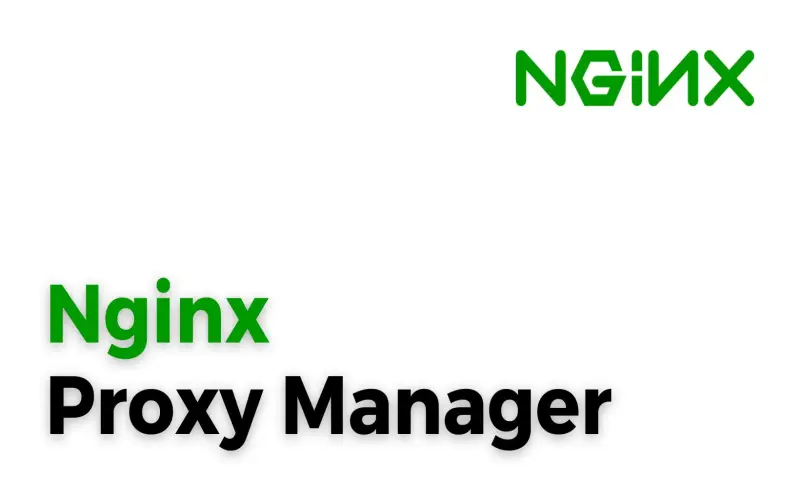
3. Varnish
Purpose-built as an HTTP cache to accelerate websites and APIs, Varnish utilizes an in-memory storage engine to deliver swift performance rivaling NGINX and Squid. The Varnish software serves dynamic origin content to request clients from the cache when possible to reduce backend load. Traffic flows through Varnish servers based on configurable VCL scripts. The Varnish Configuration Language allows developers and administrators to finely tune caching policies, access controls, and health checks aligned to individual applications. VCL establishes request routing logic using variables like URLs, headers, and cookies.

4. Apache Traffic Server
Developed through the Apache Software Foundation, Traffic Server constitutes a high-performance building block for scalable infrastructures as an HTTP/1.1 and HTTP/2 compliant proxy. The C++-based software incorporates event-driven architecture to handle thousands of concurrent connections with fast responses. Traffic Server offers broad capabilities around metrics gathering, access control lists, header manipulation, and baud rate throttling. The software integrates with data collectors like Splunk for further analytics on web transactions traversing through the proxy infrastructure across test cycles.
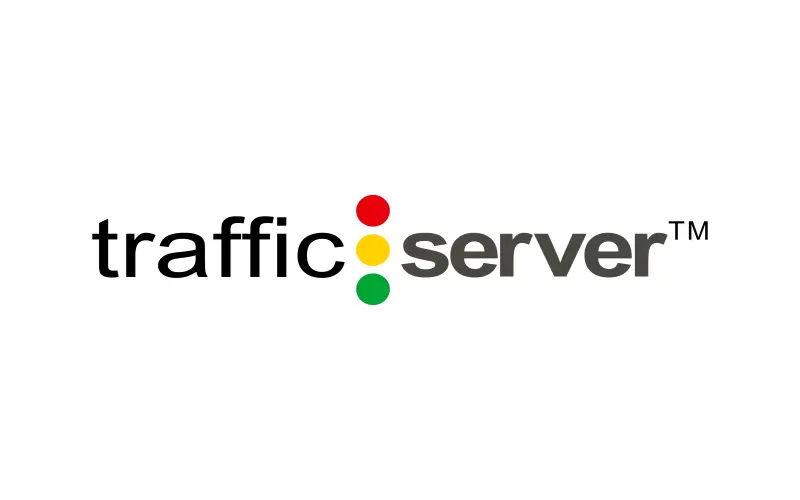
5. Træfɪk
Træfɪk pronounced “traffic”, automates routing configuration in dynamic container environments. The cloud-native proxy discovers services in Dockers hosts or K8s clusters, updating rules accordingly as developers release new versions. The Go-based software improves resilience by balancing requests across multiple replicas of microservices or ingress controllers. Træfik further protects applications with authentication, SSL/TLS encryption, and hot reloading of new configs triggered through CI/CD.

6. Apache
The Apache HTTP server powers nearly 37% of active websites as a proven platform for serving web pages or hosting web apps. Enabling the software’s proxy capabilities allows Apache to forward requests invisibly to internal application servers or external endpoints based on defined reverse proxy rules. Modules like mod_proxy, mod_proxy_balancer, and mod_proxy_hcheck supplement base functionality for distributed setups. Apache’s forward proxy mode additionally lets admins limit external access to approved domains through the local proxy as part of safe browsing schemes.
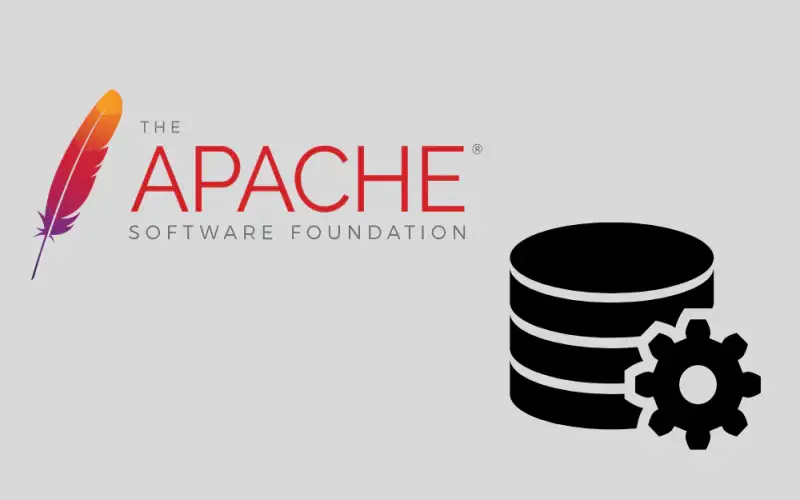
7. Skipper
As a feature-rich HTTP router and reverse proxy, Skipper tailors specifically to service composition requirements in cloud-native environments like Kubernetes or Docker Swarm. The Golang project extends the capabilities of ingress controllers to enable advanced edge logic. Skipper utilizes a declarative configuration approach to control application traffic flows. Its routing predicates allow powerful filters based on properties like path, headers, auth tokens, and more to map requests to deployments. Additional features include blue/green switching, resiliency metrics and access logs streaming.
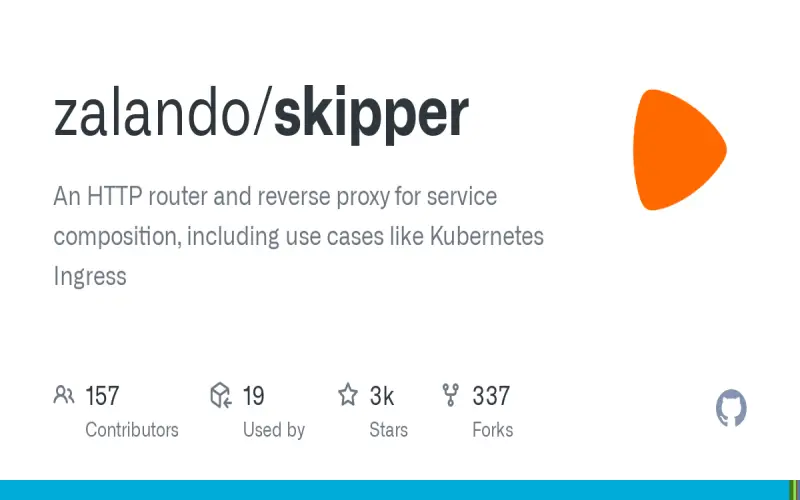
8. Caddy
Caddy stormed onto the scene in 2015 as an enabling, open-source web server making TLS encryption, CORS headers, and robust routing accessible out of the box. Caddy 2 now brings those same principles to creating user-friendly reverse proxies for internal applications or distributed services in cloud infrastructure. The Go-based software condenses complex proxy functionality into a human-readable Caddy file based on the Caddy DSL syntax. Binding request headers and paths to upstream destinations underpin simple middleware chaining and header rewriting for microservices deployments behind caddy edge servers.

9. Tinyproxy
Living up to its name, Tinyproxy delivers a small and efficient open-source proxy server for forward and reverse connections. The lightweight package developed in C enables the software to run even on lower-end hardware if needed. Tinyproxy complies with HTTP/1.1, HTTP/1.0, and WebDav protocol standards. Common deployment scenarios include establishing Tinyproxy servers to tunnel remote traffic securely over SSH or filter browsing sessions through blacklists. The software further supports anonymity by stripping identifying headers like Via, X-Forwarded-For, and Client-IP from outbound requests.

10. HAProxy
HAProxy provides a proven platform for fast, reliable proxying and load balancing of TCP and HTTP traffic. The mature, C-based software efficiently distributes requests across multiple application servers to optimize resource utilization. HAProxy Enterprise adds analytics, a web UI, and integrations like Kubernetes Ingress Controller. Application use cases span traditional web serving, microservices, mobile APIs, and IoT. HAProxy Tactical Rules allow custom actions triggered by traffic properties like geolocation, URLs, and HTTP headers to route intelligently across backends. Ops teams can implement sticky sessions, health checks, retries, and ACLs.
